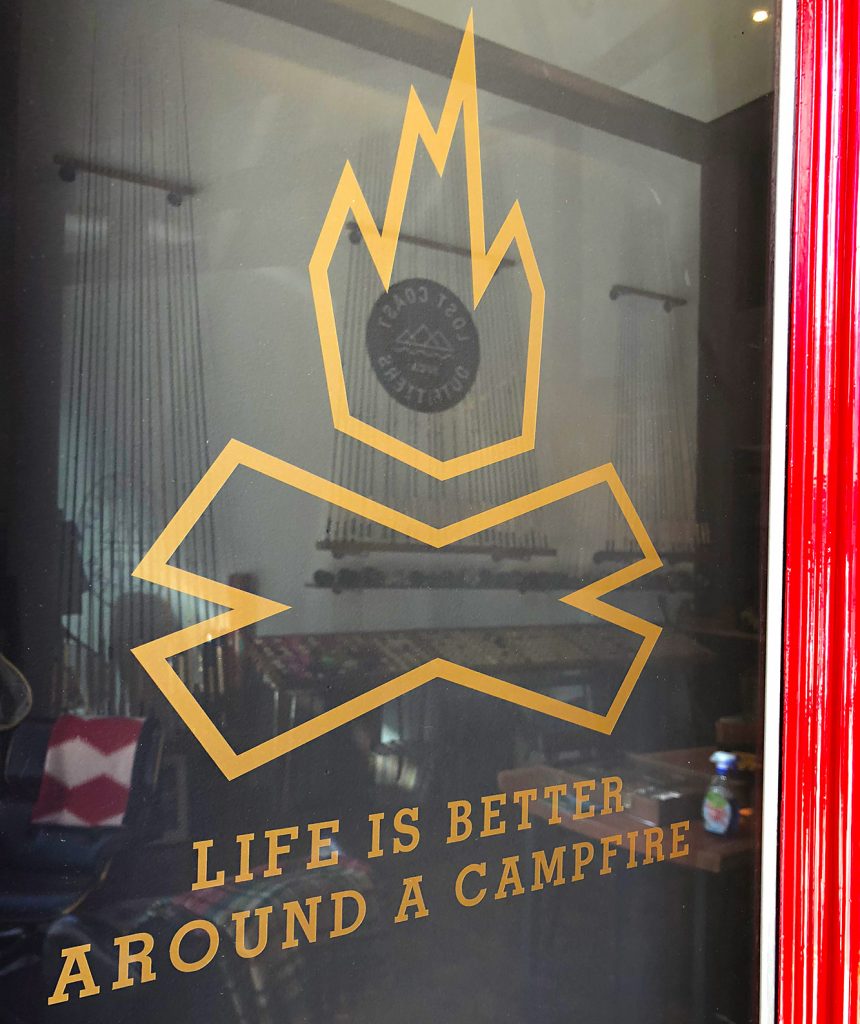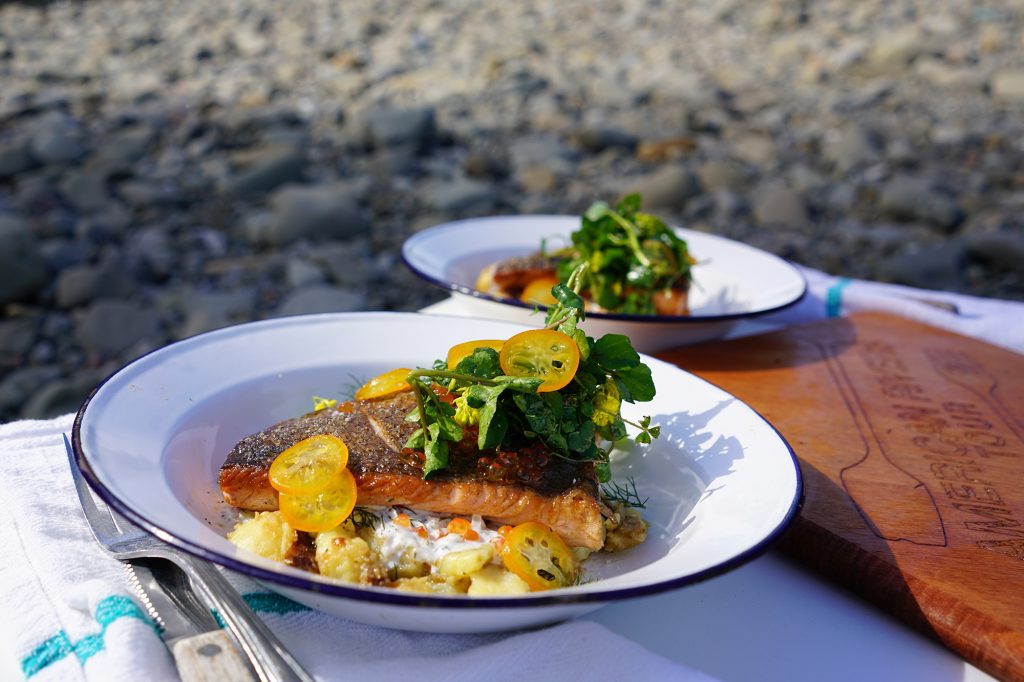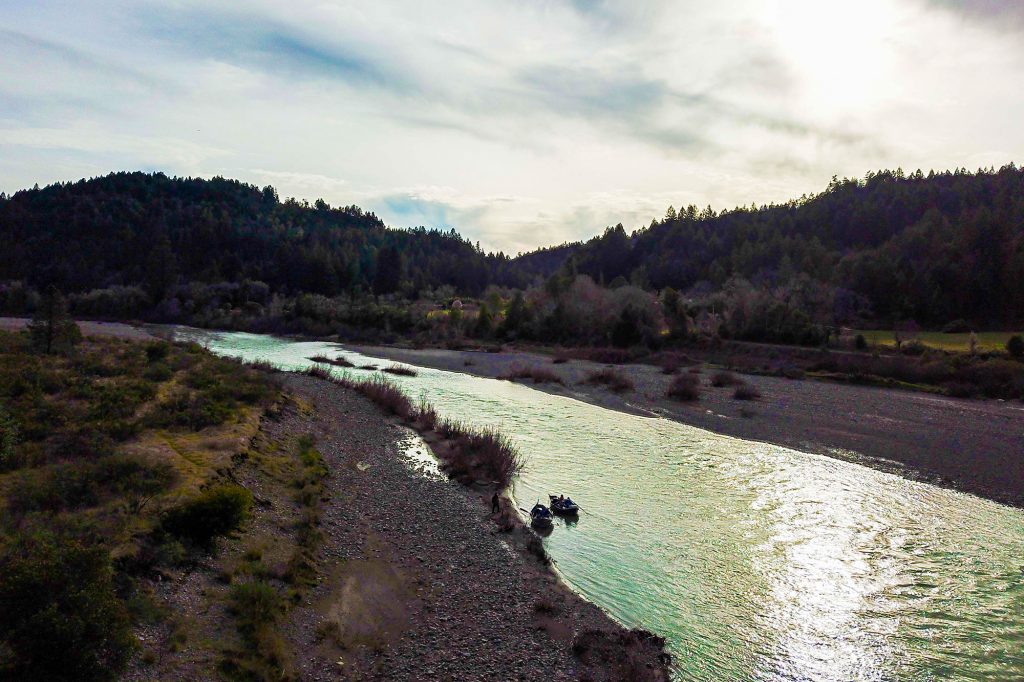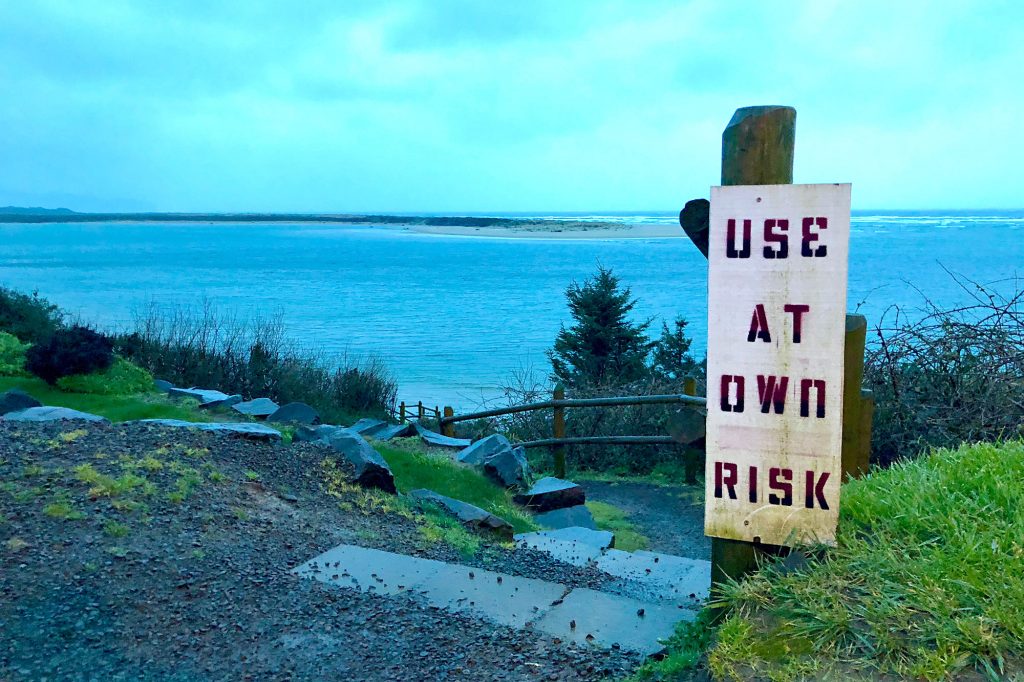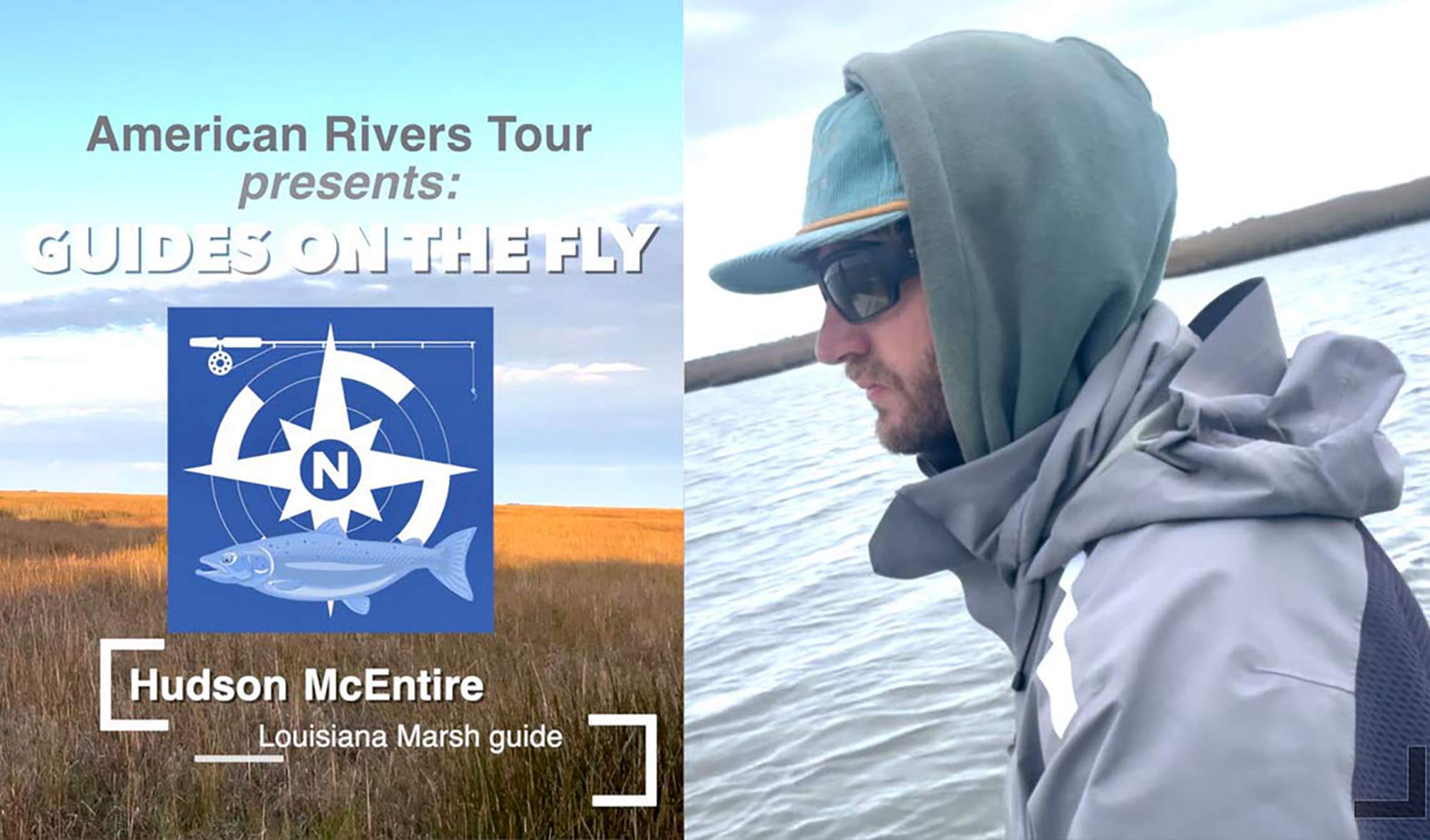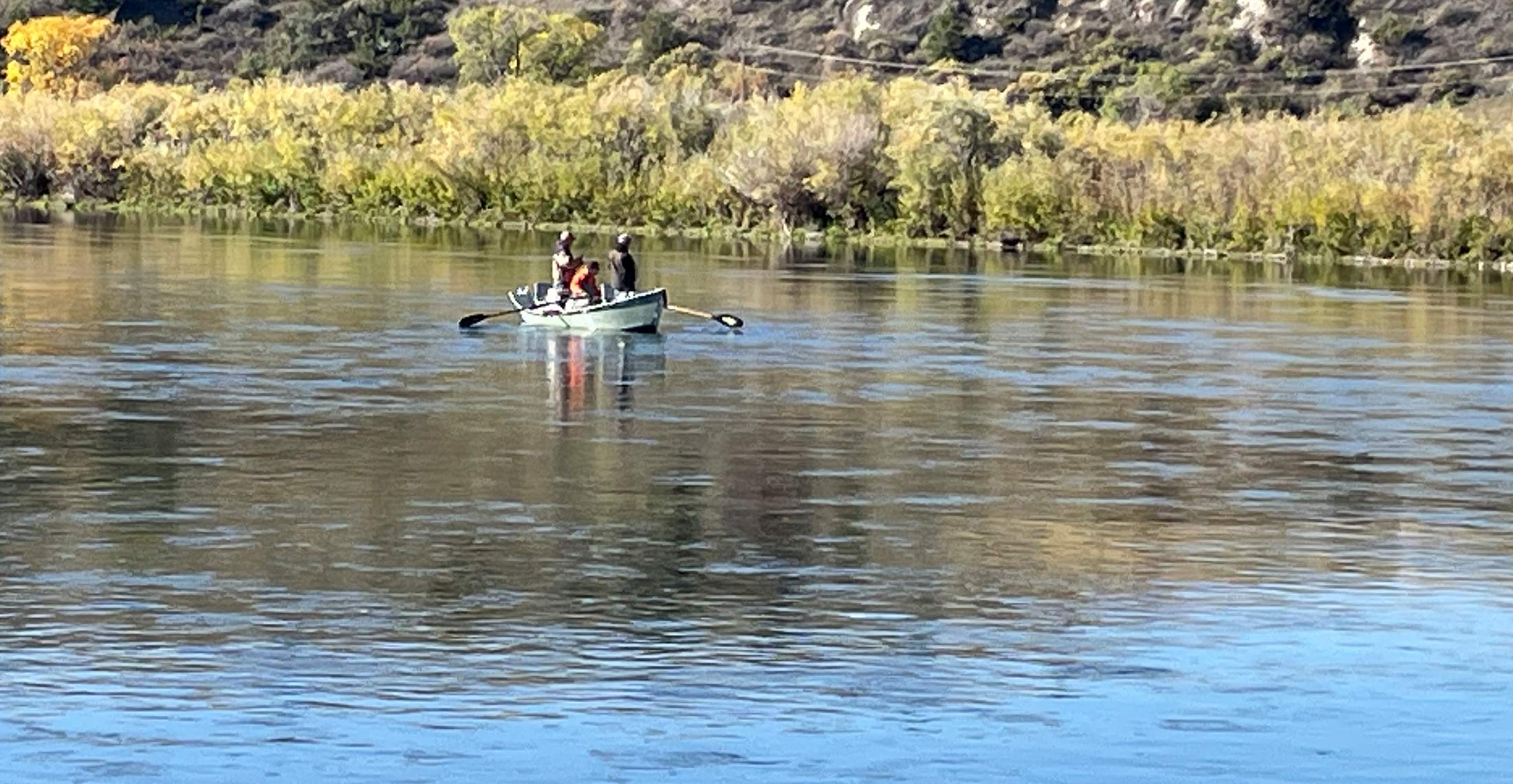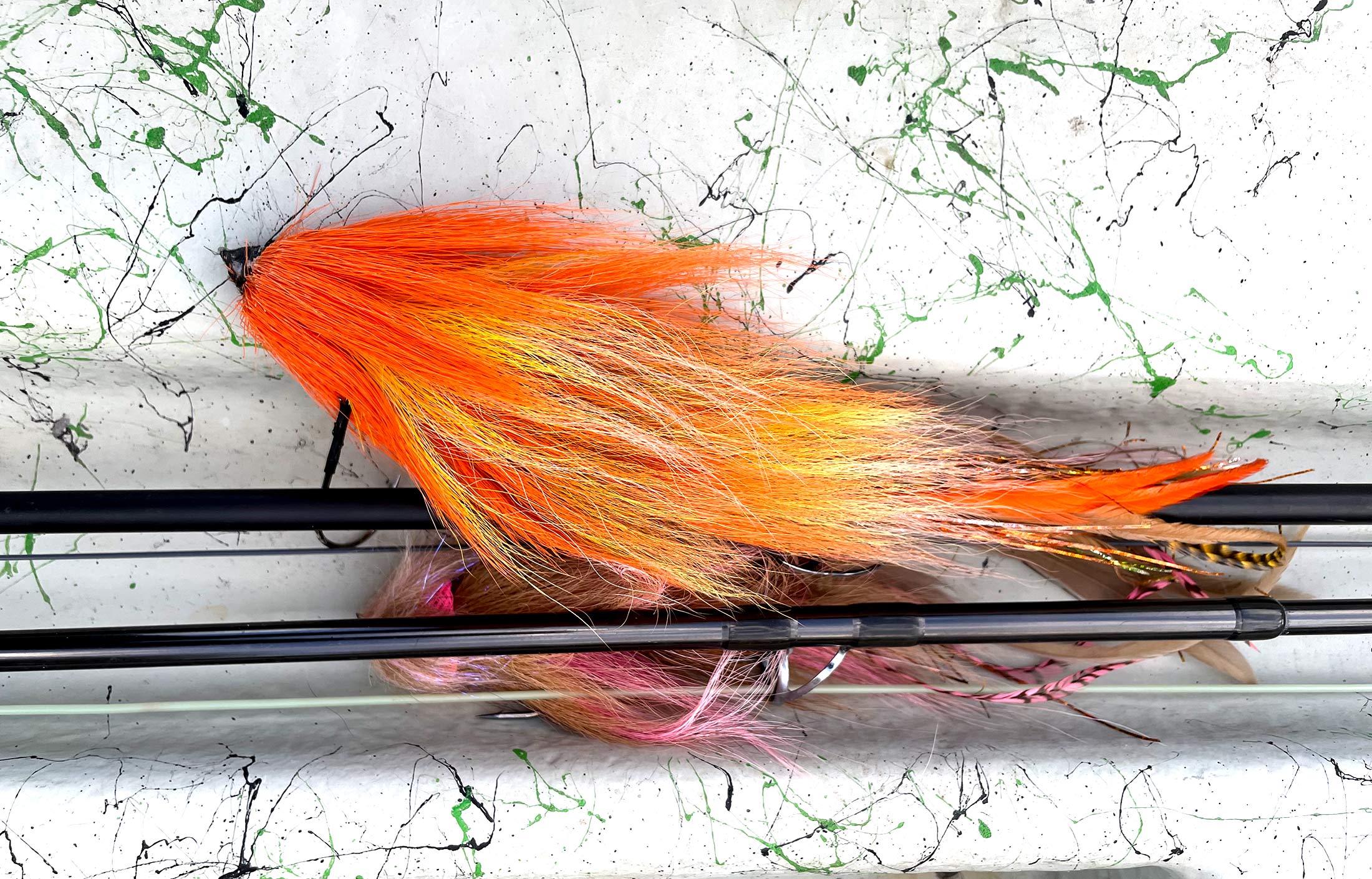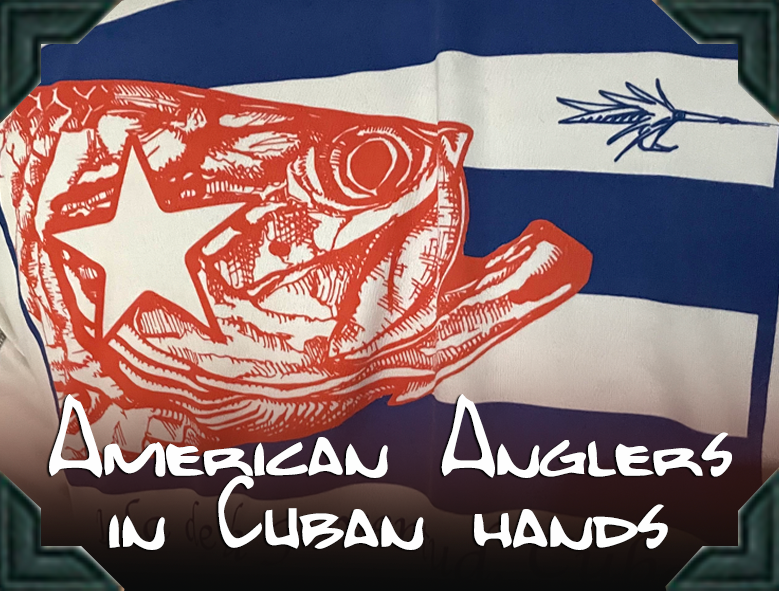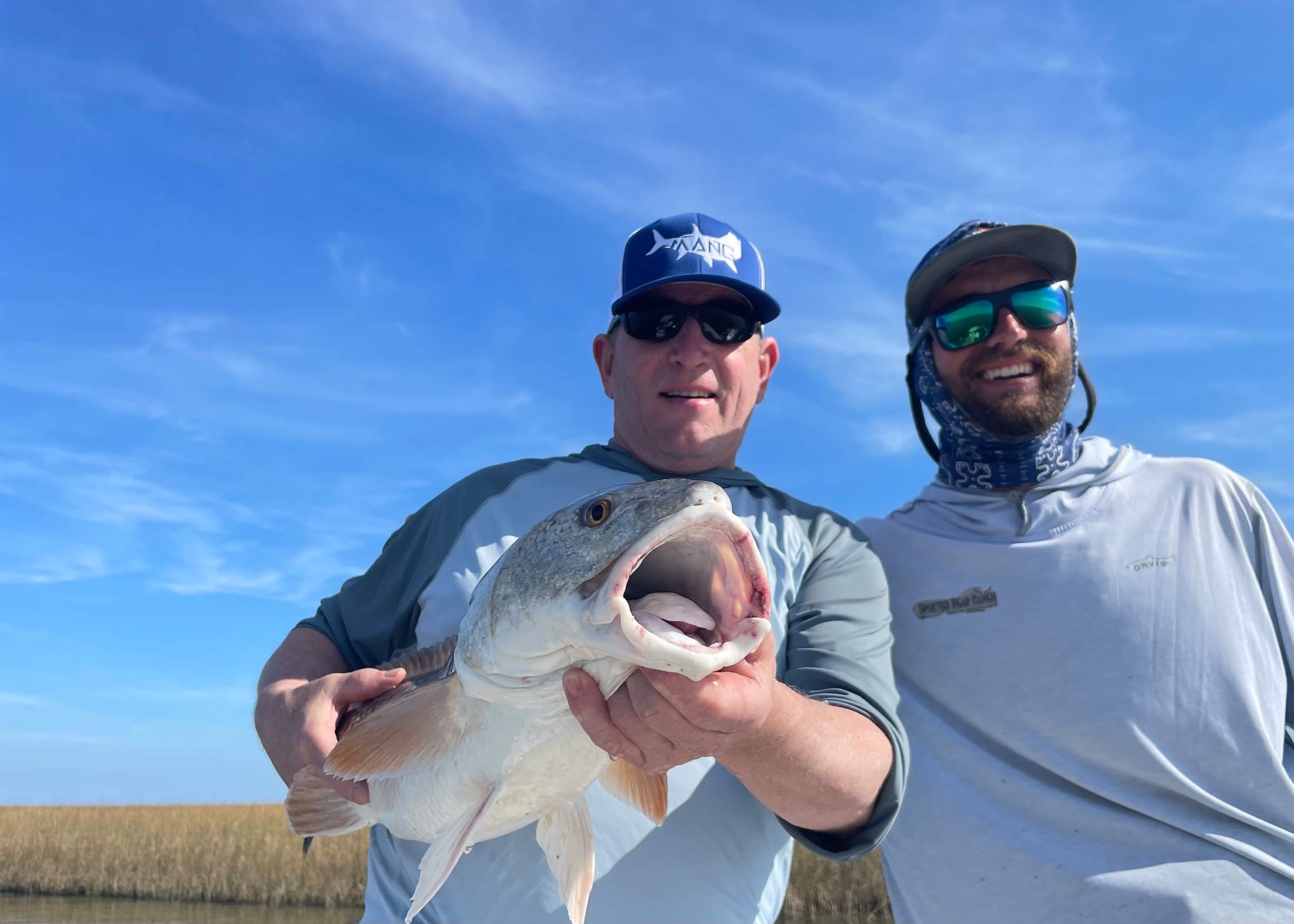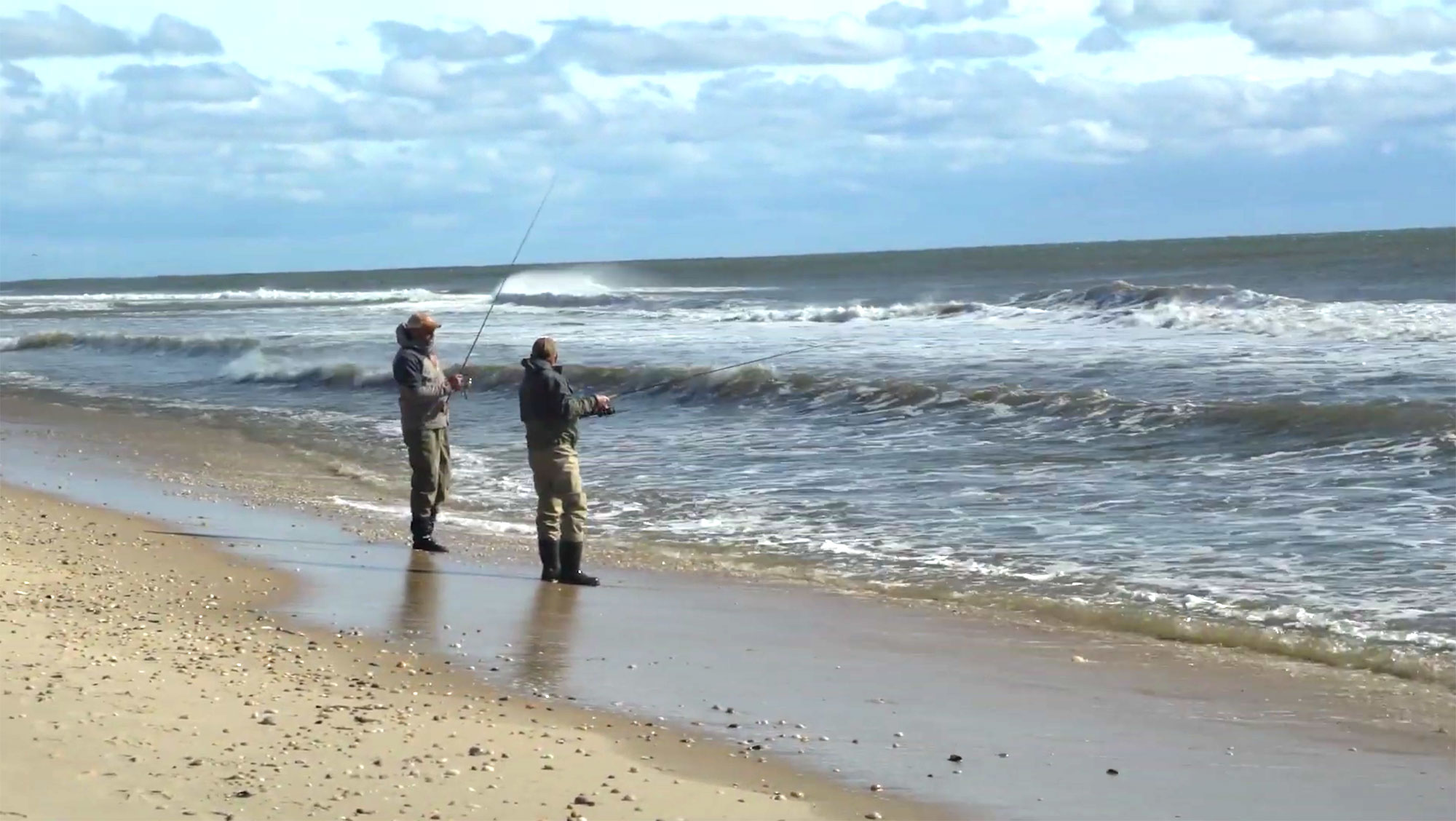Northwest Tour: Up Route 101
Finding the time to cruise Highway 101 from San Francisco to Portland is step one. It’s better to give yourself a week or 2 if your free spirit takes over. Honestly, a month might be the right amount of time if you want to do it correctly and take in all there is to catch, do, and see.
We hit the ground running in San Francisco, heading straight away to George Revel’s new fly shop Lost Coast Outfitters on Jackson Street. Make sure you stock up on the essentials, because if you choose to float on a daily basis as you move north, chances are this might be the last fully stocked fly shop you’ll come across for some time. There are a few that dot the route along the Pacific Coast Highway, but you might not make time to go to a shop once you get into the wild. George’s team set us up right and provided several contacts and suggestions to gain river access and where to eat.
Day 1 — First stop Benbow, California and the Eel River
We left San Francisco at 2pm and made it to the Benbow Inn just in time for a late dinner and a warm bed. We were up early and on the river with filmmaker Shane Andersen, guide Jason Hartwick and chef Joshua Schwartz. The Eel River put-in below the Benbow Inn takes you through a wild Redwood forest. Working a 2 handed spey rod provides a long cast, which is important for the broad stretches that lie ahead. For most of the day I struggled to hit my target as this was my first experience casting with a spey rod. Meanwhile, I watched Shane casually swing his streamer and shoot line with virtually no back cast, putting his fly upstream from the seam—where steelhead are likely to be found cruising up river.
The longer spey cast makes covering more of this river possible but in our case we had no results with steelhead all day. The highlight of the day for me was when we stopped for lunch and Josh cooked a locally raised, hatchery steelhead over fire. Enjoy watching how the meal was prepared along with the full recipe directly here on our website.
Day 2 — Driving on Route 101 North to Netarts, Oregon
We hit the road early and drove north all day with short stops at the Elk and the Sixes Rivers, which we found easy access to just off the 101. Both rivers – about 2 miles apart – were flowing at a perfect rate for a small float boat, featuring clear, cold water.
Moving up the coast, we crossed several more rivers that would have provided steelhead rich water. A mid day stop at the Rogue River in Oregon for a cup of coffee and a bowl of soup at the Indian Creek Cafe gave us time to reflect on what this big, lazy river must have offered when Zane Grey and his crew launched their drift boats 100 years earlier just up river. With snow covered peaks on the horizon, I yearned to return and time my next trip for salmon season. I will also be sure to include a wilderness launch much further up river. Of course this remote location requires not only a good plan and a guide with a variety of equipment, but it’s also important to stay for several days and cover the river from the mountains to the sea.
Netarts, Oregon
Arriving in hard driving rain off the dark road, Netarts wasn’t much to look at through the Subaru windshield at 9pm. We found a seafood treasure called The Schooner, ordered a bowl of chowder with cold craft beer and took an hour to marvel over the lush green oceanfront drive that we had just experienced. Then we moved on up the street to the Netarts Surf Inn and landed in a kitchenette style room that would have been perfect for a week. We listened to rain pound the roof all night long, happy to be dry and out of the weather.
Day 3 — to Portland, Oregon
Early up and out, I had a chance to find the overlook and watch the surf pound the beach from a high point at the end of a service road just around the corner from the Surf Inn. I found myself in awe, wondering how it took me over 50 years to find this paradise that I’ve heard about for a lifetime.
After driving around Netarts looking for a cup of coffee to no avail, I returned to the hotel to find a white Tundra with a drift boat in tow waiting in the parking lot. It was our guide John Christensen ready to go. The rain wasn’t going to slow us down.
The Trask River put in – about 30 minutes from Netarts – is steep and dramatic. Our guide J.C. has it down, skidding his inflatable down the wooden ramp into fast moving current. In no time at all we were on the river, floating from one side to the other to stop and cast. This trip was my second using a spey rod. Glad to have had time on a bigger river the day before, my back cast had no room for error and the D-loop approach paid off. With a few hours of casting from both sides of the river I finally hooked my first ocean run trout, a small silver cutthroat. Making contact with that fish was a thrill. Combined with the scenic float and time with J.C. it was worth all the effort. Nothing can compare to the lush green forest and moss covered rocks on an Oregon river just a mile from the sea.
After our rain soaked day with J.C. we moved east, making the 2 hour drive to Portland just in time to attend an event called “Faces of Freshwater”—a benefit for the Freshwater Trust.
We were treated to a glass of Oregon Pinot Gris and a fabulous buffet and were quickly greeted by our host Joe Wentworth, the president of the Fresh Water Trust. Joe made time to speak with me and explained the Freshwater Trusts mission, which is unique. His organization has collaborated with farmers, ranchers, winemakers and business owners to take action and build new tools or systems to revolutionize restoration and conservation for healthy freshwater resources. By partnering with farmers, applying for grants, and building large wood structures in the Rouge & Sandy basins, Freshwater Trust has increased fish counts by 16% since 2015.
Attending this event gave me hope that our American rivers have a chance. With groups like this and media makers like Shane Anderson raising awareness and keeping people informed, our rivers across the country have advocacy that’s making a difference. It’s hard work and a slow process, but the work is getting done admirably and results are taking hold.
Arriving in Maupin
After our pit stop in Portland we continued east to Maupin. Another 3 hour trip in the dark. Our late arrival the the Imperial River Company riverside hotel was made easy by the staff. They left a key in the lock box and all we had to do was follow instructions and crack the code. A nice comfortable room with a railway motif was all we needed to make our day complete.
Day 4 — Another day rising in Oregon on New York time
The sun rises upriver from Imperial’s riverside spot, below the bridge where deer cross at day break and the tumbleweeds roll in late April. It’s a peaceful spot, far from the action that pushes American life along. I drove up the hill to town, waved to a solitary man, sipping his coffee in front of the bar in the middle of the three block village of Maupin.
Floating the Deschutes is like earning a merit badge in Boy Scouts. You have to work to plan the trip, find the right place to stay, book the guide, learn the rules. It’s a river that requires wading only, no fishing on the drift. The rainbow trout have a special name – red sides – they hit like a ton of bricks and require a special cross river set. When they’re on, the display is fabulous. Like streamlined footballs, they launch to dance on the surface, leaping two and three feet out of the river and then – in my case anyway – make eye contact as if to say “nice try – don’t forget how red I am”. The line goes slack.
My guest on the Deschutes, Jesse Lange, winemaker for the Lange Family Vineyard, in Oregon’s Willamette, hit a few white fish. His casting was spot on, crisp, confident, impressive.
I love spending a day on the river with new friends, mission accomplished.
On reflection, it’s hard to find another region of the country with such a perfect mix of wild rivers and experienced, welcoming fishing guides ready to help make a tour like this a joy to execute. We floated for 3 days out of 5, covering a range of rivers from the redwood lined Eel to the greenest waterway on the planet – the Trask. Then it was on to the Deschutes, a high mountain desert river filled with almost ice cold water. On the way home we drove down the Columbia, yet another iconic American river which splits Oregon and Washington. We criss crossed the river, navigating the roads on both the Washington and Oregon sides. All the while, we kept the majestic Mount Hood in view out the window.
This was a trip of a lifetime and I only caught one fish. So, it’s time to start planning my return. Next time it will be a month and a few more rivers, returning to visit friends made on this trip and ready to make new friends in the next.


